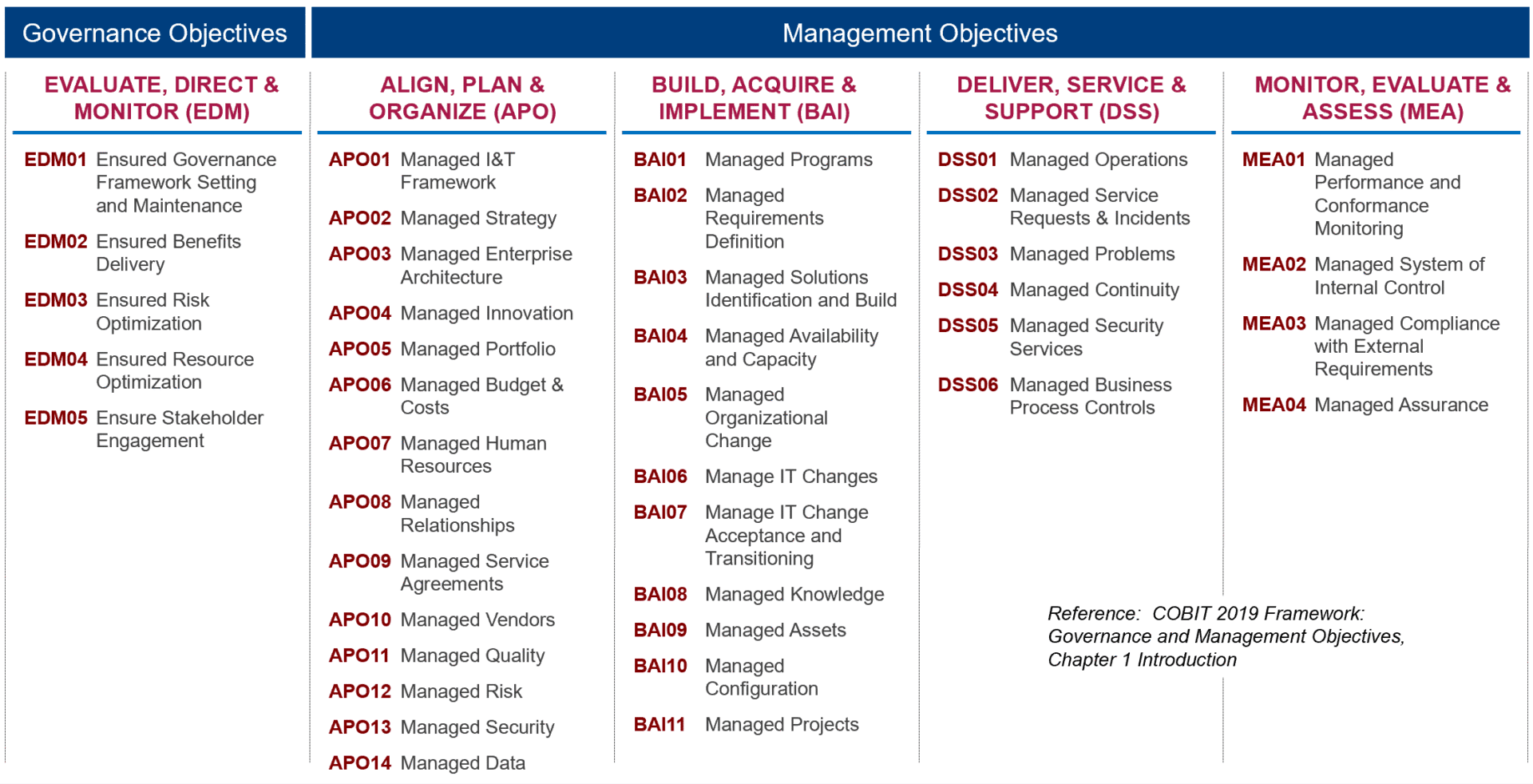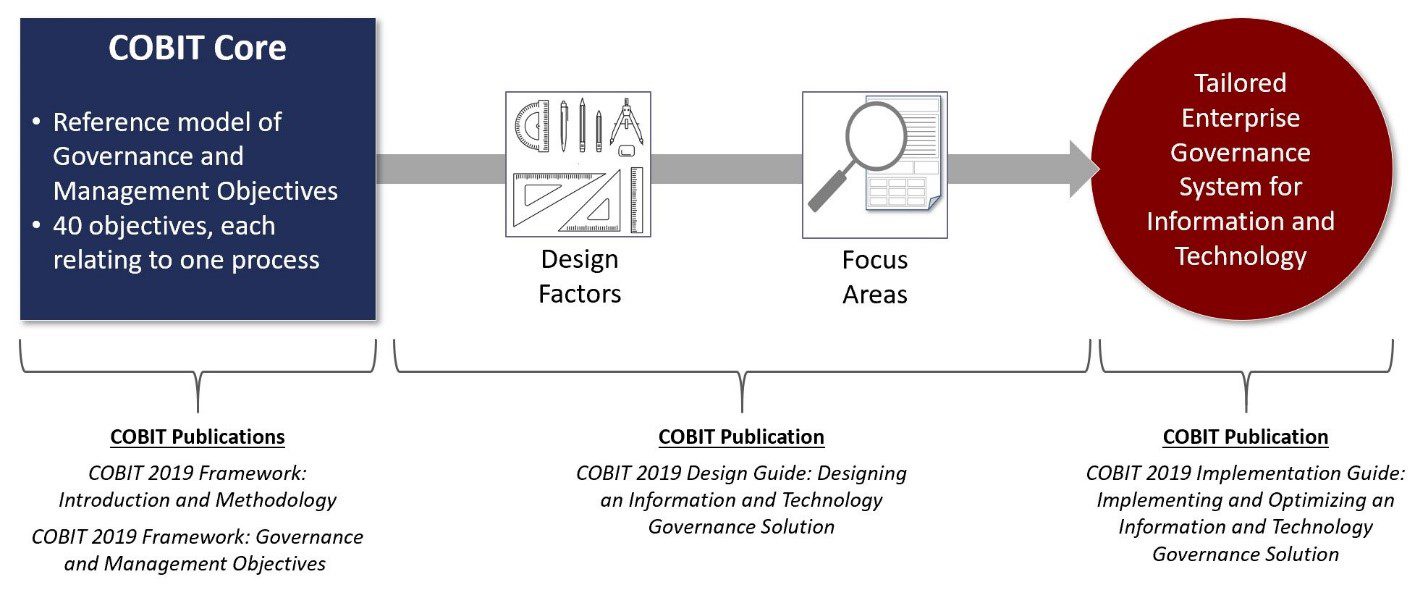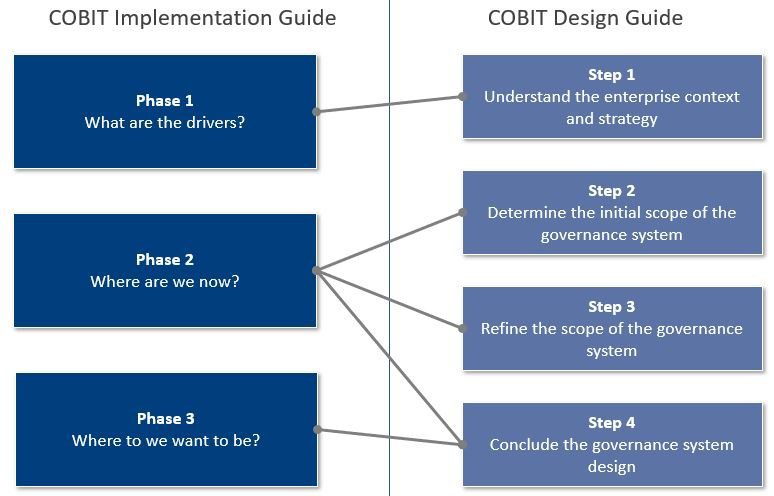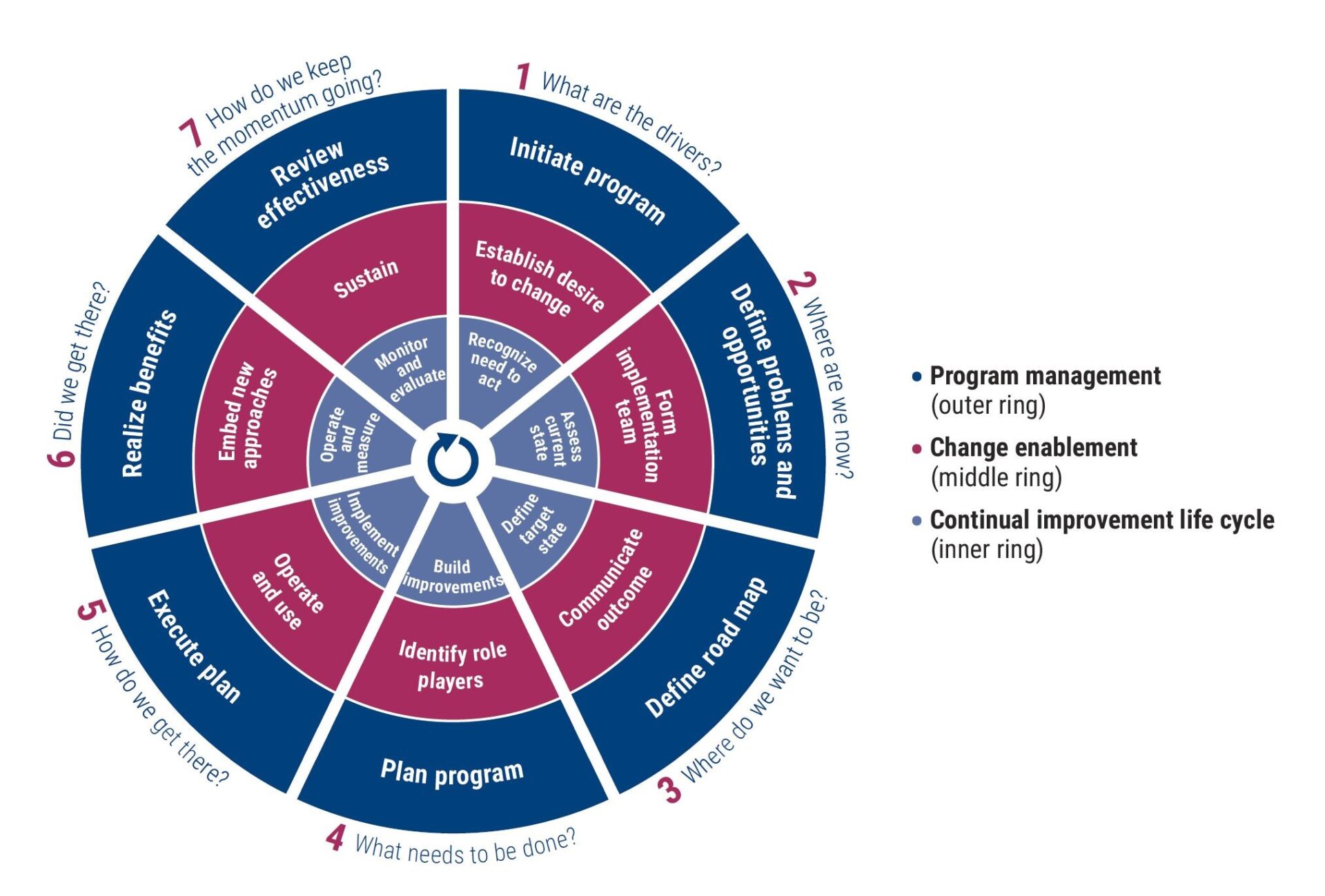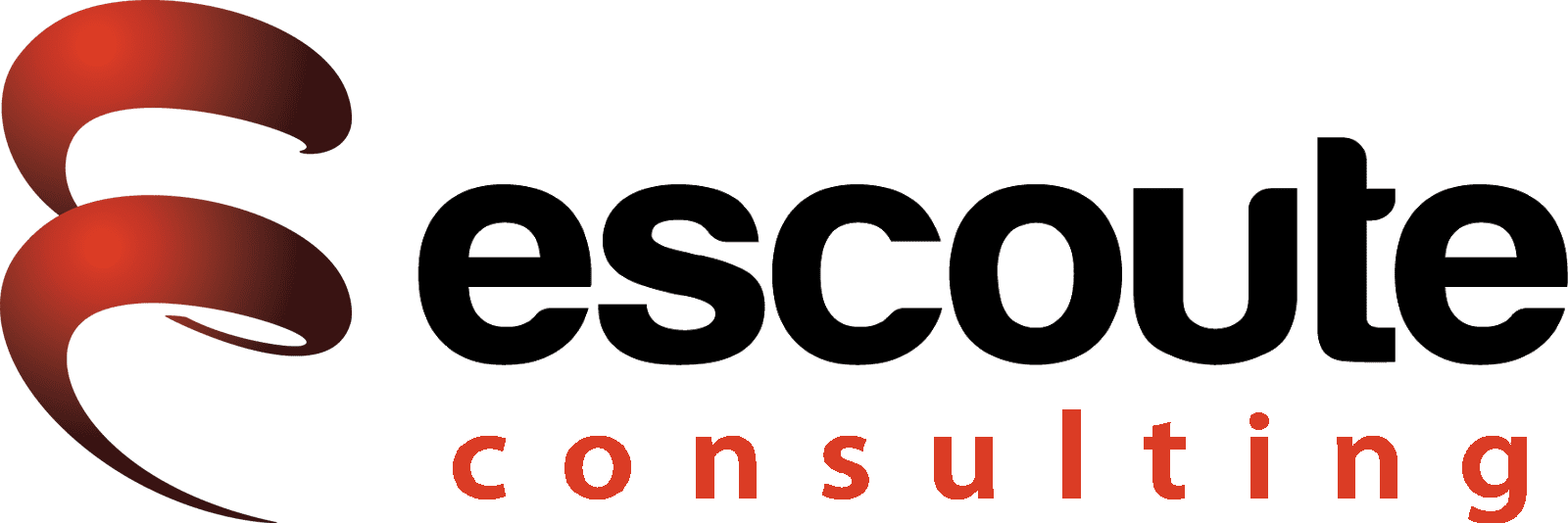The hardest question I get as an IT governance advisor is, “how do I get executive level support for our IT governance program?” Surprisingly, this question, which comes from operations as well as executives, is not an isolated issue. As you might expect, the answer usually starts with “it depends.” As in, “It depends on what?” Adopting good governance practices does not occur in a vacuum. There are different conditions and circumstances in the internal and external environment that include a range of factors such as culture, mission, vision, management style, business plans, and the like.
All too often, I see a common communication error in organizations that are trying to adopt or improve their IT governance practices. When I talk to the senior leadership they insist that they are supporting and driving good governance practices and they don’t understand why the initiatives are not getting support from the ground. When I talk to the operations teams, they insist that they are feverishly trying to adopt some holistic governance approaches but aren’t getting the upper level support they need. See the gap?
With that perspective, let’s get back to the original question – how do you get executive level support for your governance initiatives? Here’s my advice:
Know where your company is going.
Know the vision, mission and strategy of your organization. You would think that after years of hearing about this, we would finally understand how important this is. Many I’ve talked to have some real challenges finding this information. My advice: if you’re lost, go to the annual report to find this, specifically the goals and high level strategy.
Understand what IT governance really means.
Employees must share a common understanding of what IT governance is and what the benefits are by focusing more on the WHY as opposed to the HOW. Knowing the why helps create a picture of the future that is easy to communicate and appeals to all of the various stakeholders. Also, the why will be the foundation for a clear business case that focuses on the business drivers with clear and measurable goals/objectives for your IT governance effort that identifies gaps between the as is and to be.
Understand who your stakeholders are.
Know your audience by researching their perceptions, concerns and challenges as well as their existing levels of commitment or resistance to the concept of IT governance. Address their concerns by identifying any benefits each stakeholder may need from the initiative and estimate a value for each benefit.
Create a powerful message and develop a marketing plan
Your messages should be planned, comprehensive and concise. Deliver your message using multiple platforms to ensure it is heard, and then be prepared to deliver the message multiple times to multiple stakeholders. Remember to modify the message based on the specific stakeholder by thinking, “What’s in it for them?” However, your marketing program should have a primary focus towards executives as the audience. This is because their focus is typically on financial and business issues that result in allowing the organization to do more with less, provide benefits realization, optimizing risks and resources.
Know the applicable Industry frameworks.
If you are suffering from framework exhaustion, you’re not alone. Many organizations are adopting portions of multiple “silver bullet” frameworks and not realizing their real value. Leveraging multiple frameworks is a must, but have to be adopted correctly. My top pick is COBIT since it is the only framework that I’m aware of that separates governance from management, provides a holistic approach, and references multiple standards and frameworks commonly used today.
Find the right time.
Let’s be realistic, most of us don’t have the luxury of having senior management, or the board for that matter, available to hear what we have to say when we need to say it. Therefore, look for that small window of time at either a pain point or trigger event that can get you the face time you need to deliver your message. Don’t forget that the longer you wait after one of these events, the less powerful your message will be.
Final thoughts.
It’s difficult to really get support if you are in an organization that supports an “open door, closed-minded” culture – support cannot be passive, but must be active. Leaders cannot just say they support the effort, and it will be your responsibility to help them understand their roles and expectations. As I mentioned before, the most informative and complete body of knowledge that I know of is the COBIT5 product family. COBIT is the only end to end framework that focuses on the Governance of Enterprise IT, so it seems to be the best starting point for any IT governance initiative.
COBIT 2019 Governance and Management Objectives Domains
Each of the 40 Governance and Management objectives are aligned with an applicable domain. For example: Governance Objectives are found in EDM, while Management Objectives are in APO, BAI, DSS and MEA. Each of these objectives relates to one process. Therefore COBIT 2019 has 40 processes. The schematic below outlines these.
COBIT Governance and Management Objectives link to Processes.
This is very important to know because these objectives encompass all the potential areas that an enterprise needs to address to support the overall needs of its stakeholders. It is important to note here that all these objectives, or processes, do not need to be at the highest state of capability or level of implementation. The idea is that based on certain attributes, companies can tailor which ones, and to what level, are implemented. Which takes us to a tailored governance system.
Getting from the COBIT “Core” to a tailored governance system
One of the biggest challenges is taking the COBIT Core to a tailored system. This is where additional guidance is needed. There are many ways to do this, but to continually create value for the enterprise, make sure you consider your organization’s unique aspects. This is why COBIT introduced Design Factors and Focus Areas.
As with many frameworks, COBIT has historically been advertised as a flexible framework that can be modified to fit the needs of any enterprise. That sounds easy until you actually try to adopt a framework, so in the 2019 release, ISACA provide some much-needed guidance on how to do this. In addition to the guides there is also a very handy toolset that can get you started. I’ll show you more on that later.
What exactly does having a tailored governance system mean? This means that your enterprise has prioritized governance and management objectives, considered applicable design factors, used specific guidance from focus areas, and determined the target capability and performance management aspects of the system of governance over I&T.
Linking the COBIT2019 Core to a tailored system.
Design Factors and Focus Areas
In order to get from a framework with many options to a tailored system, design factors and focus areas should be considered.
Design factors can influence the blueprint of your enterprise’s governance system and position it for the successful use of I&T. Think of these as key points that can assist in creating a tailored governance system that truly aligns with specific and unique enterprise needs. The design factors include:
- Enterprise strategy
- Enterprise goals
- Risk profile
- I&T-related issues
- Threat landscape
- Compliance requirements
- Role of IT
- Sourcing model for IT
- IT implementation methods
- Technology adoption strategy
- Enterprise size
- Future factors
If you are looking for specific information on each of these design factors, refer to the COBIT 2019 Design Guide, pages 22-28.
Design factors have a huge impact on how you will design your governance system. There are three ways these can have influence and I have noted them below.
Impact of Design Factors.
A focus area “describes a certain governance topic, domain or issue that can be addressed by a collection of governance and management objectives and their components.” (COBIT Design Guide, ISACA). You can add or remove focus areas based on their applicability to your situation. These can include:
- Small and medium enterprises
- Cybersecurity
- Digital transformation
- Cloud computing
- Privacy
- DevOps
As of the writing of this post, there is no specific guidance released on leveraging Focus Areas in designing a tailored governance system. This information will most certainly be published by ISACA soon. Of course, I’m looking forward to this guidance as it really hits on some hot topics we’re seeing today.
Does the difference between Design Factors and Focus Areas still sound confusing to you? Don’t worry, it does to me too. I boil the difference down to this: think of DESIGN FACTORS as specific descriptions of your company while FOCUS AREAS are areas of influence, whether internal or external.
Workflow for designing a tailored governance system
COBIT 2019 provides a proposed workflow for designing this tailored governance system. Although the publication goes into greater detail, here is a summary of what the guidance looks like.
Steps to creating a tailored governance system using the COBIT Design Guide.
By following these steps (note, you are not required to complete ALL sub-steps), you can create a governance system that is tailored to your needs. This should provide prioritized governance and management objectives or related governance system components. However, this could result in conflicting guidance which is highly possible if you are using multiple design factors. As you most likely know, there is no magic formula to this. You may have to deal with discrepancies on a case-by-case basis. Our business environment is very dynamic, so as conditions and strategies change, you should also review the governance system regularly.
Linking the Design Guide and Implementation Guides
The good news is that the COBIT Implementation Guide in the 2019 update hasn’t really changed much since COBIT5. This is good in my opinion, it is a great model, it just needed some additional guidance – which we are getting with the Design Guide.
In case you are not familiar with this, the COBIT implementation roadmap looks like this:
The Seven Phases of the COBIT Implementation Roadmap. 2018 ©Information Systems Audit and Control Association, Inc. (ISACA).
The governance and management of enterprise I&T should be integrated with end-to-end enterprise governance. Therefore, the COBIT 2019 Implementation Guide emphasizes an enterprise-wide view of I&T governance, recognizing the relationship between business and IT-related activities.
COBIT suggests using a program approach to implementation, and I couldn’t agree more. If you look at the roadmap in the figure above, you will see that there are seven steps to an implementation approach and each step has three perspectives, or rings. The idea is that this cycle becomes a continuous approach until measurable benefits are generated, and the results become embedded in ongoing business activity. The goal is to establish the governance and management of enterprise I&T as a normal and sustainable business practice.
The Design Guide and Implementation Guide have a very distinct relationship and specific uses.
Although the Design Guide identifies some very specific synchronized points, the figure below summarizes how they are used together:
COBIT Design and Implementation Guide Relationships.
You may recognize that not all the phases in the Implementation Guide are linked to the design guide. This is because the first three phases are specifically related to the design of a governance system, while the remaining phases are focused on actual implementation. Personally, I refer to other frameworks to assist in the actual implementation. These are things like the PMBOK, PRINCE2, and of course processes in COBIT.
Using tools to assist in designing your new governance system
Finally! Let’s get to the fun stuff – seeing how this all comes together. When ISACA released the COBIT 2019 Design and Implementation Guides, they also released a toolkit that is available for download here. This Excel-based tool helps facilitate the application of the workflow I described above. The toolkit includes:
- Introduction and instructions
- A canvas tab that consolidates results including target capability levels
- One tab for each design factor
- Summary tabs that graphically represent the outcomes of steps 2 and 3
- Mapping tables for design factors
I highly suggest you go download this tool and play around with it a bit. All of the things I’ve talked about in this post will become clear. Of course, the tool is explained in more detail in the Design Guide, but check out this short clip that walks us through an example scenario. I’ve created some inputs for a fictitious global manufacturing company and developed a tailored governance system specifically designed for their needs. Hopefully this helps put it all together.
Closing and suggestions
We’ve covered a lot of ground in this post. I hope it has been valuable in helping you understand how leverage COBIT 2019 to truly create a governance and management framework that is customized to meet your specific enterprise needs.
As always, your thoughts and comments are appreciated on this post, as well as my Twitter posts @escoute1.

